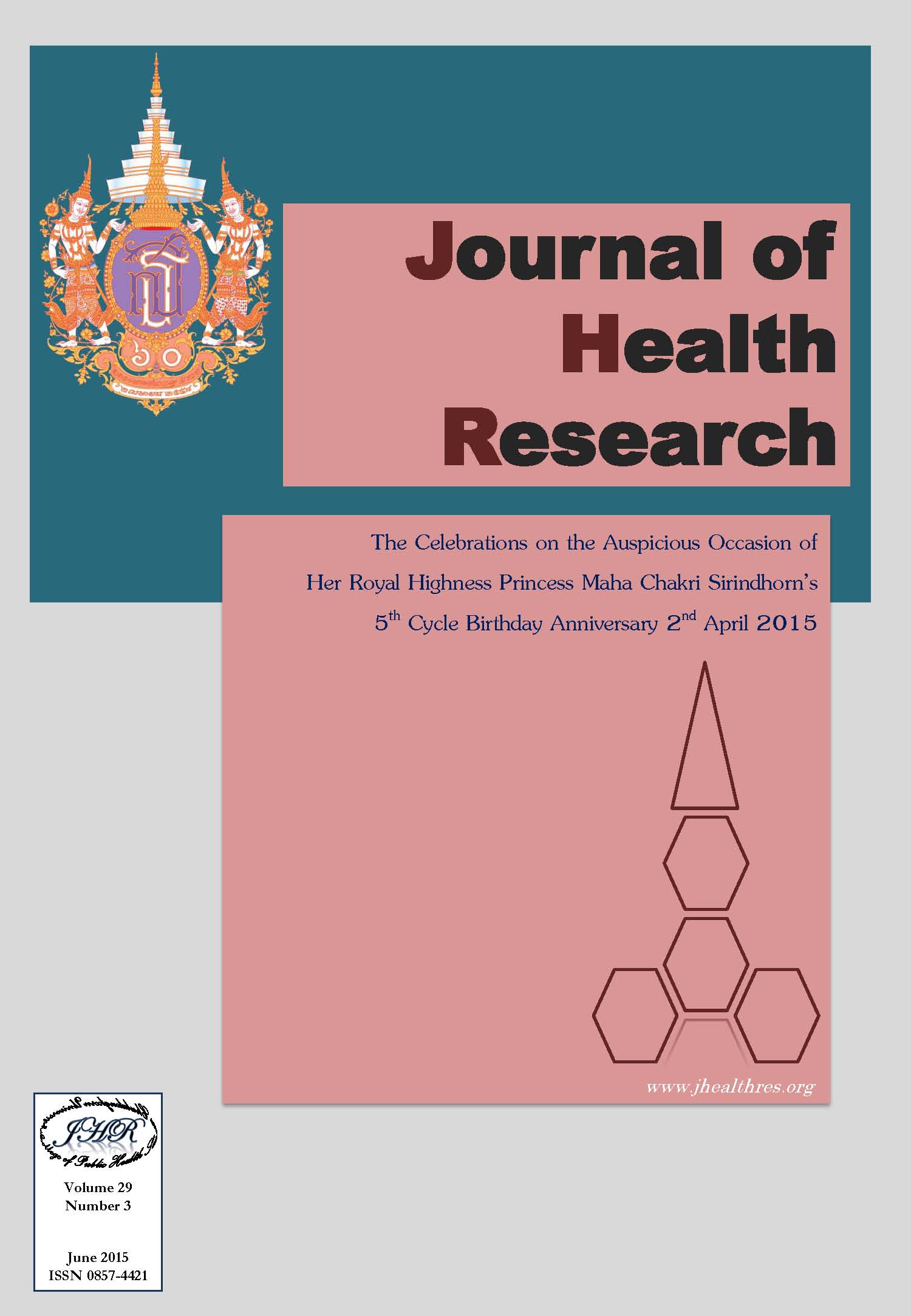Vasectomy Intention among Married Males in Indonesia
Keywords:
Vasectomy, Vasectomy intention, Male, Currently married male, IndonesiaAbstract
Background: As the fourth most populous country in the world, Indonesia have never reached golden periods of vasectomy adoption in comparison to other populous countries, namely India and China, where vasectomy rates have exceeded 20%. Indonesia had less than 1 percent of vasectomy adoption from the 1970s until 2012. Thus, vasectomy did not have a positive effect on the contraception prevalence rate, and was outnumbered by tubal ligation during this period. Other factors are strong normative social beliefs which might affect men's decisions on family planning, as well as attitude towards vasectomy, source of planning information, and spousal communication which became major constraints to vasectomy adoption in Indonesia.
Methods: This study was conducted to determine vasectomy intention among married males in Indonesia aged 15-54 years, who had no intention to have more children at the time of the survey. This was a cross sectional study. The data were taken from Indonesia Demographic Health Survey (IDHS) of 2012. Data were collected from May to July 2012. Of 2,109 respondents with known vasectomy taken from married men questionnaire in IDHS 2012 was a sample size. Univariate and Multivariable logistic regression analysis was conducted to investigate the correlations between vasectomy intention with socio-economic and demographic factors, subjective norms, attitude towards vasectomy, source of family planning information, and spousal communication.
Results: The plurality of the study population (41.5%) was aged 35-44 and lived in urban areas (63.7%). Most (54%) attained secondary education. About 59.3%came from rich economic status, and 59.5% had 1 or 2 children. The respondents had varied types of occupation, mostly (24.7%) in skilled manual work and 48.4% expected to have fewer than 2 children. Multivariate analysis found that ideal number of children (OR=0.42
p-value=0.000), being castrated (OR=0.44, P-value=0.001), reaching ideal family size (OR=0.57, p-value=0.035), attitude towards vasectomy (OR=1.59, p-value=0.014), and obtaining family planning information from pamphlets (OR=1.55, p-value= 0.042) were the statistically significant predictors of intention of adopting vasectomy in the study group.
Conclusion : Only 16.6% of male limiters intend to adopt vasectomy. Socio-economic and demographic factors are proved not fully the influential factors to the family planning program, especially vasectomy. It is noted that only ideal number of children as the only subset of socio-economic and demographic factors is predictor for the vasectomy intentions. Among three subsets of subjective norm factors, 2 of them, namely being castrated and reaching ideal family size become significant predictors toward vasectomy intention among male limiters in Indonesia. Pamhplets plays a major role to persuade married male to accept vasectomy by providing adequate and attractive information using public area, health providers and health center as the main focus.







